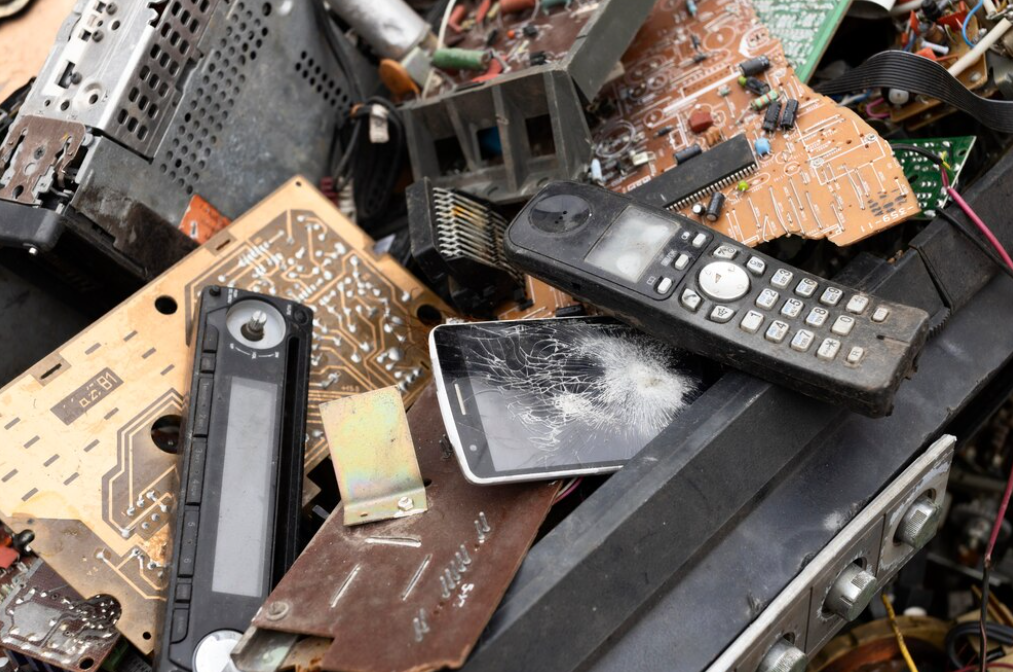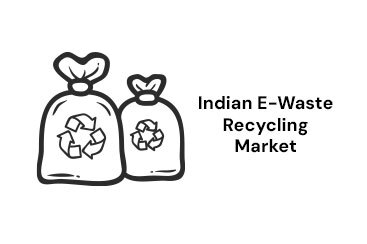Table of Contents
E-Waste Management in India
India is one of the fastest-growing economies in the world. With the rapid expansion of the technology sector, the generation of electronic waste, or e-waste, has become a significant concern. Hazardous substances in e-waste pose risks to human health and the environment if not managed properly.
Understanding the E-Waste Landscape in India
India is one of the largest producers of e-waste globally. The rapid growth of the electronics market, coupled with the decreasing lifespan of electronic devices, has contributed to a substantial increase in e-waste generation. According to a report by India’s Central Pollution Control Board (CPCB), the country generated approximately 3.2 million metric tonnes of e-waste in 2019.
The Complex Issue of E-Waste Management in India
Due to the vast volume of waste generated and the need for a robust collection and recycling infrastructure, E-waste management in India is a complex issue. However, efforts have been made to address this challenge. The Government of India introduced the E-Waste Management Rules in 2016, which impose responsibilities on manufacturers, dealers, and recyclers for the safe handling and disposal of e-waste. These rules also promote the establishment of e-waste collection centres, recycling facilities, and the proper disposal of hazardous components.

Initiatives and Progress in E-Waste Recycling
Several initiatives have been undertaken to promote e-waste recycling in India. The government has encouraged the establishment of authorized e-waste recycling centres across the country. According to the Ministry of India, 468 authorized dismantlers/recyclers in 22 states have a processing capacity of 13.85 lakh tonnes of E-Waste.
Various NGOs and private organizations have also taken steps to raise awareness and provide e-waste collection points. The informal sector plays a significant role in e-waste recycling in India, with numerous small-scale recyclers dismantling and extracting valuable materials from electronic devices.
Future Projections and Government Interventions
Given India’s rapid technological advancements and increasing consumption of electronic devices, e-waste generation is projected to grow significantly in the coming years. The Indian government aims to address this issue through policy interventions, such as stricter regulations, extended producer responsibility, and creating awareness among consumers about responsible e-waste disposal. The government has also set a target to achieve 70% recycling of e-waste generated in the country by 2023.
Challenges and Future Prospects
Despite the progress made, several challenges persist in managing e-waste in India. These include a need for more awareness among consumers, inadequate collection infrastructure, limited formal recycling facilities, and the involvement of the informal sector, which often employs unsafe recycling practices.
Efforts are ongoing to address these challenges, improve e-waste management infrastructure, and promote responsible disposal and recycling practices. Public-private partnerships, increased awareness, and stricter enforcement of regulations are key components in tackling India’s e-waste problem and moving towards a sustainable e-waste management system.
Conclusion
At Renovar Eco-Solutions Pvt Ltd, we are developing AI-based tech solutions to promote the proper disposal of e-waste by introducing advanced technologies for robust reverse e-waste logistics, providing fair prices to the public for the e-waste, and creating a hassle-free experience of safe e-waste disposal. You can contact us here to learn more about monetizing your e-waste or how our technology-based solution works.
FAQ
How much e-waste did India generate in 2019?
India generated approximately 3.2 million metric tonnes of e-waste in 2019.
What are the key components of the E-Waste Management Rules in India?
The E-Waste Management Rules in India outline responsibilities for manufacturers, dealers, and recyclers, promoting the safe handling and disposal of e-waste.
How does the informal sector contribute to e-waste recycling in India?
Though safety concerns persist, the informal sector plays a significant role in dismantling and extracting valuable materials from electronic devices.
What is the government’s target for e-waste recycling in India by 2023?
The Indian government aims to achieve 70% recycling of e-waste generated in the country by 2023.
How does the government plan to address the challenges in e-waste management?
Through stricter regulations, extended producer responsibility, and creating awareness among consumers about responsible e-waste disposal.


